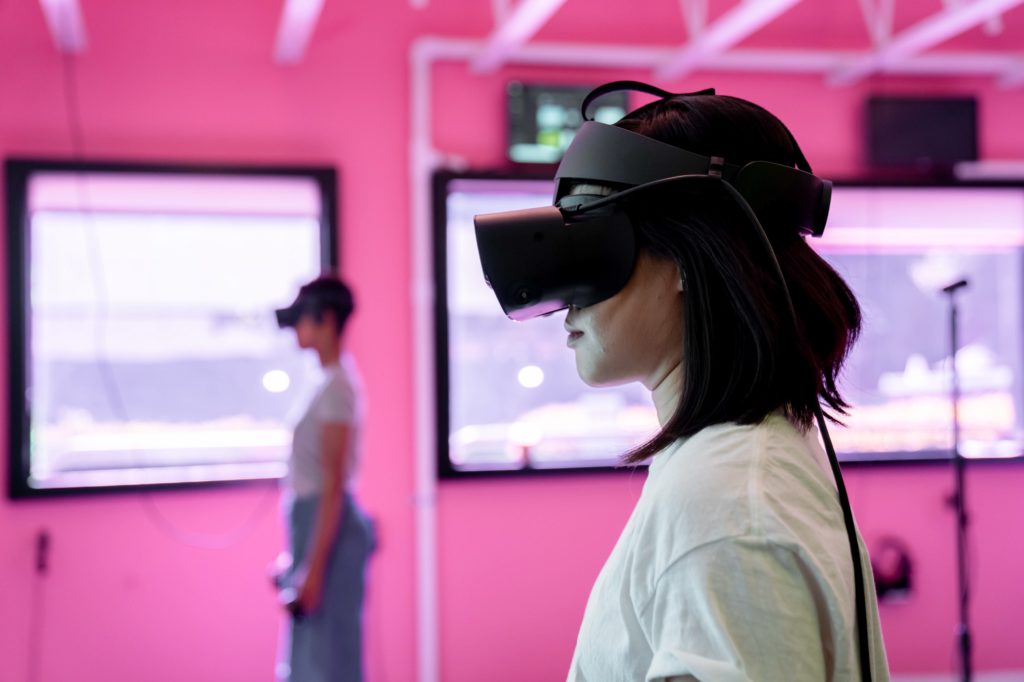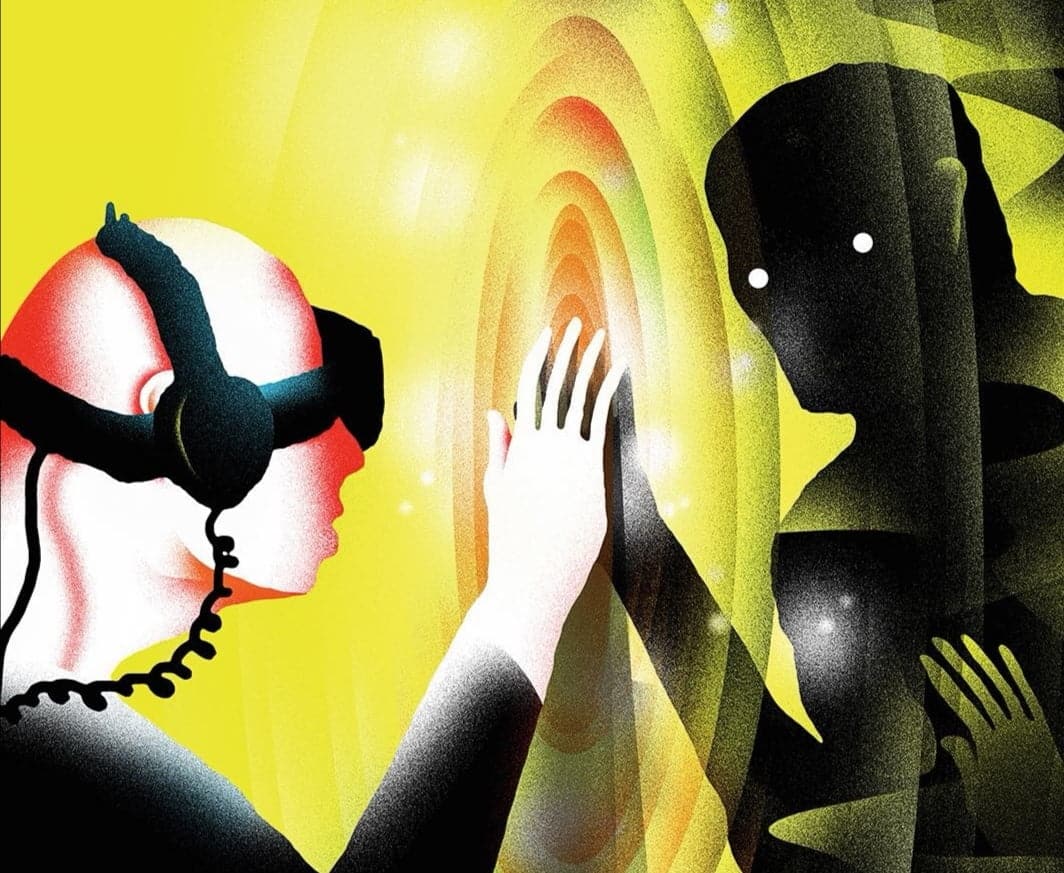In 2016 Nayeon, Jang Ji-sung's seven-year-old daughter, died of an incurable disease. Three years later, the South Korean mother was able to see her baby in a virtual world created for a television documentary.
On its YouTube profile, the TV Middle East Broadcasting Center shared a clip from its special documentary called “I Met You“, which explores the fascinating possibility of reconstructing and rediscovering the deceased in virtual reality.
In the clip, Jang is faced with a huge green screen while wearing a VR headset and some sort of tactile gloves. In a later scene, the woman and her daughter talk, hold hands and even attend a birthday party complete with a cake.
The meeting between the mother and her little girl is, as one might expect, extremely emotional. Jang seems to start crying the moment he sees the “virtual” Nayeon, while the rest of the family (the girl's father, brother and sister) observe the meeting with sad expressions and occasional tears.
“I met Nayeon, who called me with a smile, for a very short time, but very happy. I think I made a dream come true,” the woman then said with great emotion.
Virtual paradise
The production team took eight months to achieve this. He designed the virtual park from one that the mother and daughter had visited in the real world and used motion capture technology to record the movements of a child actor to use as a model for the virtual Nayeon.
In summary: the process may not be simple and the end product may not be perfect, but now we have the technology to recreate the dead in VR, so convincing as to make their loved ones cry.
The implications? Impossible to predict.
How far can we be from a platform that allows anyone to upload footage of a deceased loved one and then interact with a virtual version of that person? Decades? Years? Months?
And what kind of impact will it have on the mourning process? Find the dead in virtual reality will it help people turn the page and move forward more serenely? Will anyone become addicted to this virtual world, spending more and more time with the dead and less and less with the living?
And, in the long term, will we stop at virtual reality? Or is it just the first step toward androids designed to mimic our loved ones in appearance and personality, as in “Come back to me“, the disturbing and intense episode of the dystopian series Black Mirror?
Several startups are laying the groundwork for that future, compiling data from people both living and dead to create “digital avatars” of those people. Other companies are already building clones of real people robots.

The key to finding the deceased in VR is a positive experience and not a dystopian nightmare like Black Mirror will be in our critical capacity. The person we love is no longer there. Accepting the virtual equivalent for what it is, that is, a form of comforting memory, will ethically allow us to derive even therapeutic benefits.
Michael Graziano, neurologist and neuroscientist from Princeton approves this possibility. Perhaps by subordinating it to a cycle of psychological meetings that allow the "living" person to approach with serenity the encounter with such a realistic projection of someone who is no longer there.
It is a decidedly unexplored territory, but we have officially entered it.


